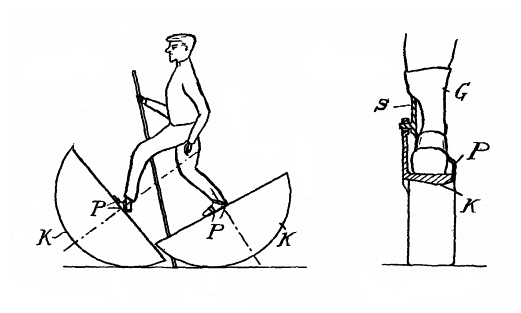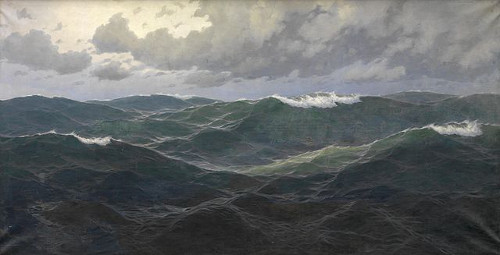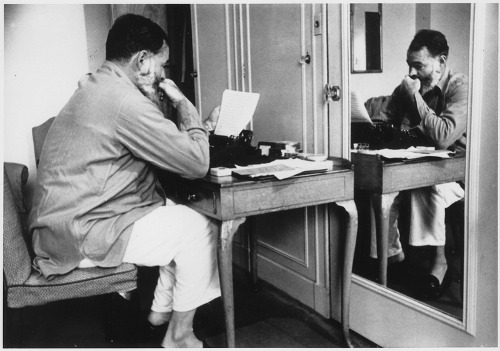apprecation
n. a prayer or devout wish
An 1898 item in the New York Times notes that William Gladstone once attended a Presbyterian service in Scotland where the minister said, “We pray Thee, Lord, of Thy goodness, to bless the Prime Minister of this great nation, who is now worshipping under this roof in the third pew from the pulpit.” And a Presbyterian minister opening an outdoor event reportedly prayed, “In consequence of the rain, O Lord, and by reason of the regretted absence of the Princess of Lochnagar, caused, doubtless, by the stormy weather, I do not purpose to address Thee at any length.”
Before a battle in the Irish rebellion of 1641, John Leslie, bishop of Clogher, prayed, “O God, for our unworthiness we are not fit to claim Thy help: but if we are bad our enemies are worse, and if Thou seest not meet to help us, we pray Thee help them not, but stand Thou neuter this day, and leave it to the arm of flesh.”
(During the American Civil War, Abraham Lincoln said, “We, on our side, are praying to Him to give us victory, because we believe we are right; but those on the other side pray to Him, look for victory, believing they are right. What must He think of us?”)
In his 1863 history of France, Victor Duruy tells of a soldier named La Hire who sought absolution from a priest during the siege of Montargis in 1427. The priest asked him to confess first, and he said, “I have not time, for I must fall upon the English. But I have done all that a man of war is wont to do.” The chaplain gave him absolution such as it was, and La Hire fell on his knees by the roadside and said, “God, I pray thee that to-day thou wilt do for La Hire that which thou wouldst have La Hire do for thee, if he were God and thou were La Hire.”
Others think the notion of a timeless God, with its perceptual metaphor of God passively perceiving each and every moment of time in a single, unchanging, comprehensive vision, fails to give God the freedom to act in creation, in particular, in the future. Suppose a student receives acceptances from three different universities and is trying to decide which to attend. She prays to God: ‘Lord, at which of the three universities will I have the best overall collegiate experience?’ On the timelessness view, God sees only the choice our petitioner actually makes, not the alternative futures that would have transpired had she chosen to go elsewhere. So how can God answer this prayer?
— W. Jay Wood, God, 2011
“Whatever a man prays for, he prays for a miracle. Every prayer reduces to this: ‘Great God, grant that twice two be not four.'” — Turgenev
See Asking Back.







